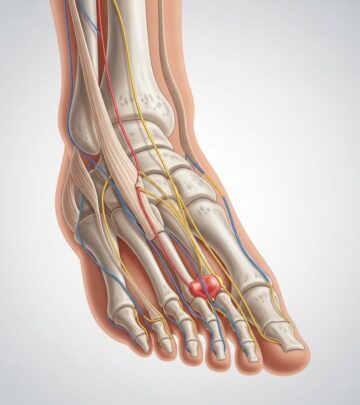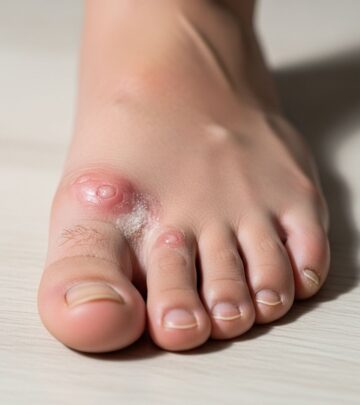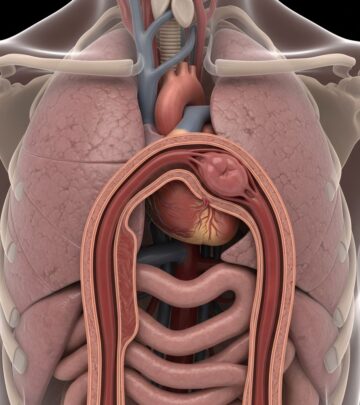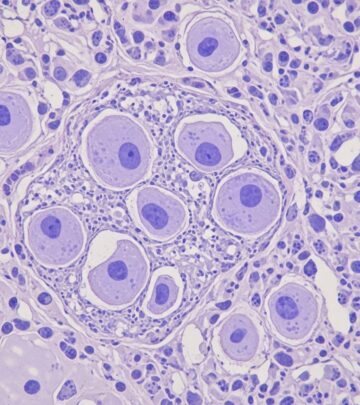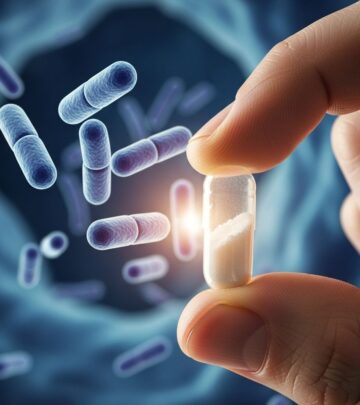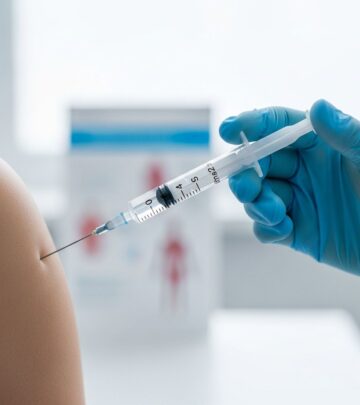Stage 2 Kidney Disease: Symptoms, Diagnosis, Management, and Outlook
Understand the signs, causes, treatments, and long-term management of stage 2 chronic kidney disease for better health outcomes.
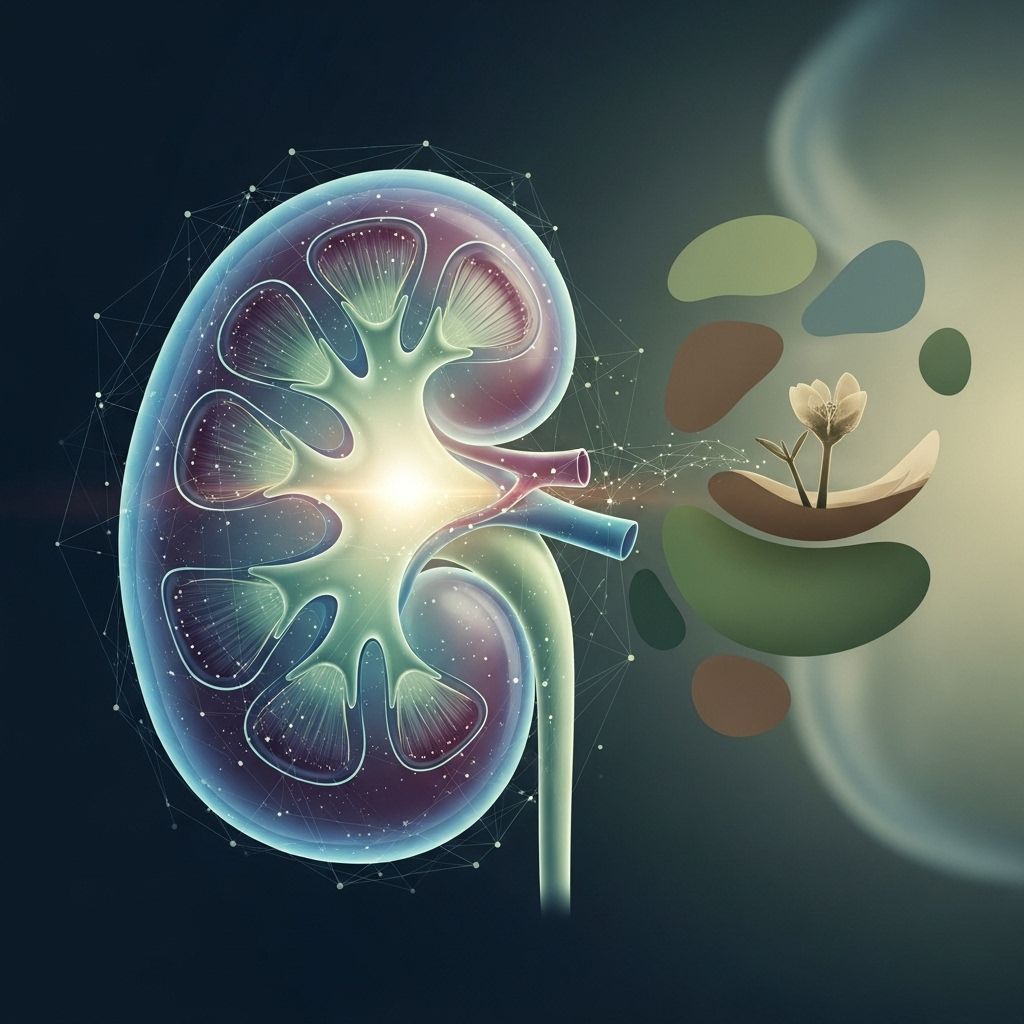
Chronic kidney disease (CKD) affects millions of people worldwide. Stage 2 kidney disease is an early, mild form that may go unnoticed but requires proactive management to prevent serious complications down the line. In this comprehensive guide, we cover how stage 2 CKD is diagnosed, what causes it, the signs and symptoms to watch for, when to see a doctor, treatment and lifestyle strategies, possibilities for halting progression, and outlook for those living with this condition.
What is Stage 2 Kidney Disease?
Stage 2 CKD is characterized by mild kidney damage and an estimated glomerular filtration rate (eGFR) between 60 and 89 milliliters per minute. However, in addition to the eGFR, there must be evidence of ongoing kidney injury for at least three months, such as prolonged protein in the urine (albuminuria), blood in the urine, recurrent urinary tract infections, or structural changes in the kidneys seen on imaging. The kidneys are still filtering most waste products normally, and many people do not experience noticeable symptoms at this stage.
- Chronic kidney disease progresses in five stages, with stage 1 being the least severe and stage 5 representing kidney failure requiring dialysis or transplant.
- Stage 2 often goes undiagnosed without screening because it is largely asymptomatic and kidney function remains near normal.
Diagnosing Chronic Kidney Disease Stage 2
Diagnosis of stage 2 CKD involves confirming mild kidney function loss alongside ongoing signs of kidney damage.
- The primary test is an estimated glomerular filtration rate (eGFR), calculated from a blood test measuring creatinine.
- Stage 2 CKD is indicated by an eGFR between 60 and 89 ml/min, plus evidence of kidney damage for three months or more (such as albuminuria).
Other diagnostic procedures:
- Urine tests to detect protein (albuminuria) or blood.
- Imaging studies (renal ultrasound, MRI, or CT scan) to assess for kidney size, cysts, or structural abnormalities.
- Medical history and risk assessment: Evaluating for conditions like diabetes or high blood pressure that increase CKD risk.
Note: Having an eGFR in the stage 2 range does not automatically mean you have CKD; chronicity and evidence of damage are both required.
Common Symptoms and Signs
Stage 2 kidney disease is usually asymptomatic. Most people with mild CKD do not have obvious symptoms, and they are often only diagnosed during routine checkups or when evaluating other health problems. However, some people may notice subtle effects related to early kidney dysfunction:
- Minor changes in urine color or frequency
- Occasional swelling in hands or feet (edema)
- Dry or itchy skin
- Elevated blood pressure (hypertension)
- Frequent urinary tract infections (UTIs)
- Blood in the urine (hematuria)
- Presence of protein in urine (proteinuria)
Symptomatic presentation is rare until more advanced stages. Many people remain unaware of their kidney disease until a routine lab test catches it.
Causes and Risk Factors for Stage 2 Kidney Disease
CKD develops when the kidneys sustain damage and gradually lose their filtering ability. The most common causes of stage 2 CKD include:
- Diabetes (Type 1 and Type 2) – high blood sugar can damage kidney blood vessels over time
- High blood pressure (hypertension) – increases pressure and strain within the kidneys
- Repeated urinary tract infections
- Kidney stones – frequent or severe episodes may scar kidney tissue
- Inherited conditions such as autosomal dominant polycystic kidney disease (ADPKD)
- Lupus and other autoimmune disorders, which can involve the kidneys
- Family history of kidney disease
Risk factors that increase the chance of developing CKD include:
- Aging
- Heart disease
- Obesity
- Smoking
- Prolonged use of certain medications (e.g., NSAIDs)
When to See a Doctor
Since stage 2 CKD often has few or no symptoms, it is important to have regular annual physicals and kidney function checks if you fall into a high-risk category or have health conditions known to affect the kidneys. See a healthcare provider promptly if you notice:
- Blood in your urine or persistent foamy urine
- Noticeable swelling in hands, feet, or around the eyes
- Persistent increases in blood pressure
- Unexplained fatigue or weakness
- Changes in urination
Your doctor may recommend periodic kidney function testing if you have:
- Diabetes or prediabetes
- High blood pressure
- A family history of kidney disease
- Signs suggestive of kidney dysfunction on other tests
Early detection is critical in preventing progression to more advanced kidney disease.
Treatment Options for Stage 2 Kidney Disease
There is no cure for CKD, and stage 2 kidney damage cannot be reversed. However, early intervention and management can slow or even stop the progression to later stages. Treatment focuses on:
- Identifying and addressing the underlying cause (e.g., optimizing blood sugar control for diabetes, managing blood pressure)
- Making lifestyle modifications (diet, exercise, quitting smoking, limiting alcohol)
- Medications to control blood pressure, blood sugar, and cholesterol, if appropriate
- Avoiding nephrotoxic medications when possible (e.g., NSAIDs, certain antibiotics)
- Monitoring for and treating complications (such as urinary tract infections, anemia, or bone disease)
Medications Often Used
- ACE inhibitors or angiotensin II receptor blockers (ARBs) for blood pressure and protective kidney effects
- Statins for cholesterol management if needed
- Medications to manage diabetes
- Diuretics for fluid retention, when appropriate
Lifestyle and Diet Recommendations
- Maintain a healthy weight
- Exercise regularly (aim for at least 150 minutes of moderate activity weekly)
- Eat a balanced diet, focusing on:
- Limiting sodium intake (< 2,300 mg/day)
- Controlling protein consumption as recommended by your care team
- Choosing whole grains, fruits, and vegetables
- Minimizing processed foods and added sugars
- Stop smoking and limit alcohol use
Many people benefit from working with a registered dietitian who has CKD experience.
Managing and Living With Stage 2 CKD
Successfully living with stage 2 CKD requires ongoing monitoring, regular collaboration with your healthcare team, and healthy daily habits. The primary goals are to:
- Slow further kidney function decline
- Prevent or manage complications (such as anemia, mineral imbalance, and cardiovascular disease)
- Stay up-to-date with recommended vaccinations (CKD can affect immune response)
- Communicate openly about any new symptoms or medication side effects
Key Strategies for Day-to-Day Management
- Attend all scheduled doctor visits and get blood and urine tests as recommended
- Track blood pressure at home if advised
- Monitor and record any changes in urine appearance, swelling, or energy levels
- Adhere to dietary and medication plans
- Inform your healthcare team about all medications, including over-the-counter and supplements
Adopting these practices can help you better control your kidney health and reduce risk of progression.
Is It Possible to Reverse Stage 2 Kidney Disease?
While some reports mention “reversing” kidney disease, medically CKD is not reversible. Once kidney tissue is damaged or scarred, it cannot be restored. However, early, aggressive treatment and healthy lifestyle measures can prevent further decline and allow the kidneys to function adequately for years or even decades.
Long-Term Outlook
Most people with stage 2 kidney disease can live full, active lives with proper management. The risk of progression to stage 3 or beyond is much lower when underlying causes are controlled and recommended lifestyle changes are adopted.
- Monitoring and controlling blood pressure and blood sugar are the most important steps in reducing further kidney damage.
- Regular checkups ensure timely detection of any worsening — allowing for early interventions.
With ongoing care, many people never progress beyond stage 2 CKD.
| CKD Stage | eGFR Level (ml/min) | General Description |
|---|---|---|
| Stage 1 | ≥90 | Normal function with underlying kidney injury |
| Stage 2 | 60–89 | Mild decrease in function, with ongoing injury |
| Stage 3A | 45–59 | Mild–moderate function decrease |
| Stage 3B | 30–44 | Moderate–severe function decrease |
| Stage 4 | 15–29 | Severe decline in function |
| Stage 5 | <15 | Kidney failure (dialysis or transplant needed) |
Frequently Asked Questions (FAQs)
Q: What is the eGFR range for stage 2 kidney disease?
A: The estimated glomerular filtration rate (eGFR) for stage 2 CKD is 60–89 ml/min, plus evidence of ongoing kidney injury for at least three months.
Q: Can stage 2 kidney disease be cured?
A: Stage 2 CKD cannot be cured, but management can slow or halt progression and help preserve kidney function for many years.
Q: What diet is recommended for stage 2 CKD?
A: A kidney-friendly diet usually limits sodium, processed foods, and sometimes protein or phosphorus. A registered dietitian can offer personalized guidance.
Q: Is it safe to exercise with stage 2 kidney disease?
A: Yes, regular moderate activity supports overall health, but consult your healthcare provider about the best exercise plan for you.
Q: How often should kidney function be checked in stage 2?
A: Your doctor may recommend kidney function blood and urine tests every 6–12 months, but frequency may vary based on risk factors and individual health.
Tips for Staying Healthy With Stage 2 Kidney Disease
- Manage chronic conditions (like diabetes and hypertension) closely
- Attend regular health checkups and lab testing
- Follow a balanced, kidney-conscious diet with guidance from a healthcare professional
- Exercise, stop smoking, and maintain a healthy weight
- Report any new symptoms or medication side effects immediately
Proactive self-care can help protect kidney function and overall well-being.
References
- https://www.healthline.com/health/kidney-disease/stage-2-kidney-disease
- https://www.healthline.com/health/ckd-stages
- https://www.medicalnewstoday.com/articles/stage-2-kidney-disease
- https://www.kidney.org/kidney-topics/stage-2-chronic-kidney-disease-ckd
- https://www.healthline.com/health/video/ckd-stages
- https://www.medicalnewstoday.com/articles/172179
- https://aakp.org/programs-and-events/aakp-healthline/
- https://www.healthline.com/health/video/foods-to-avoid-with-kidney-disease
- https://www.youtube.com/watch?v=XUnRopZmYJs
- https://www.youtube.com/watch?v=XBAi1Y-WPQ4
Read full bio of medha deb

